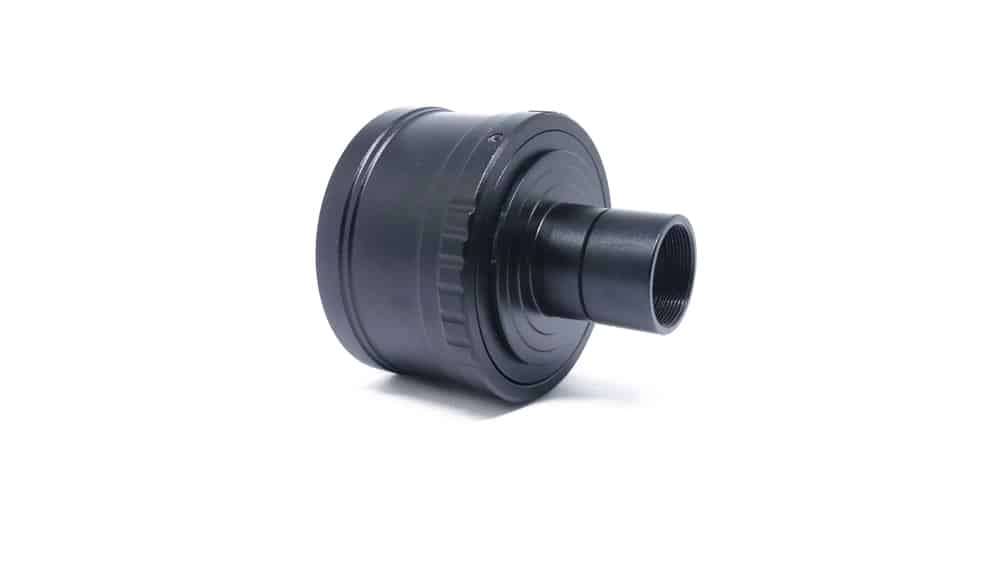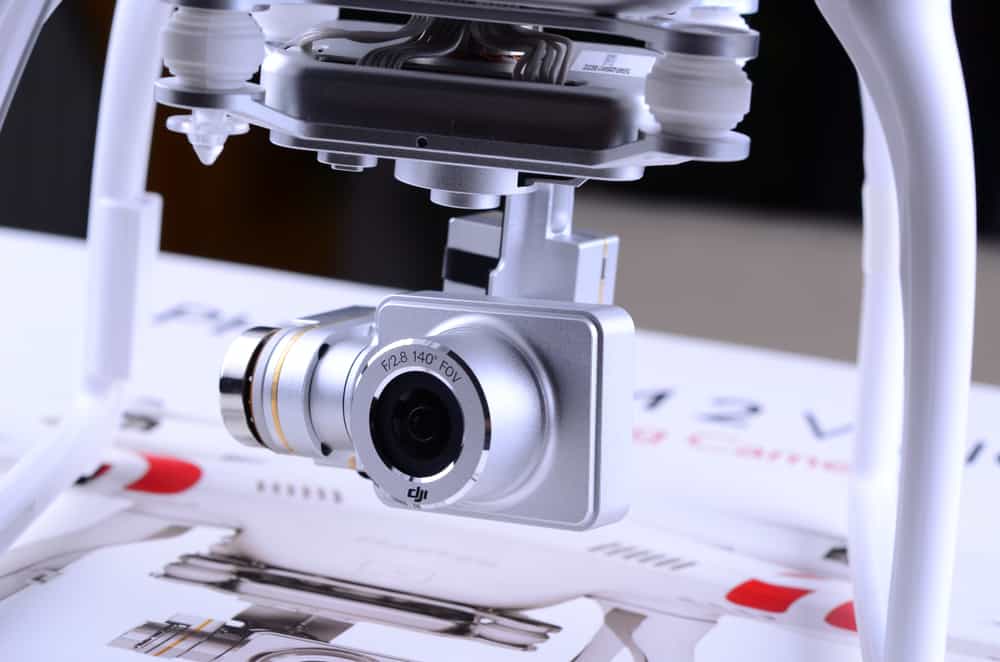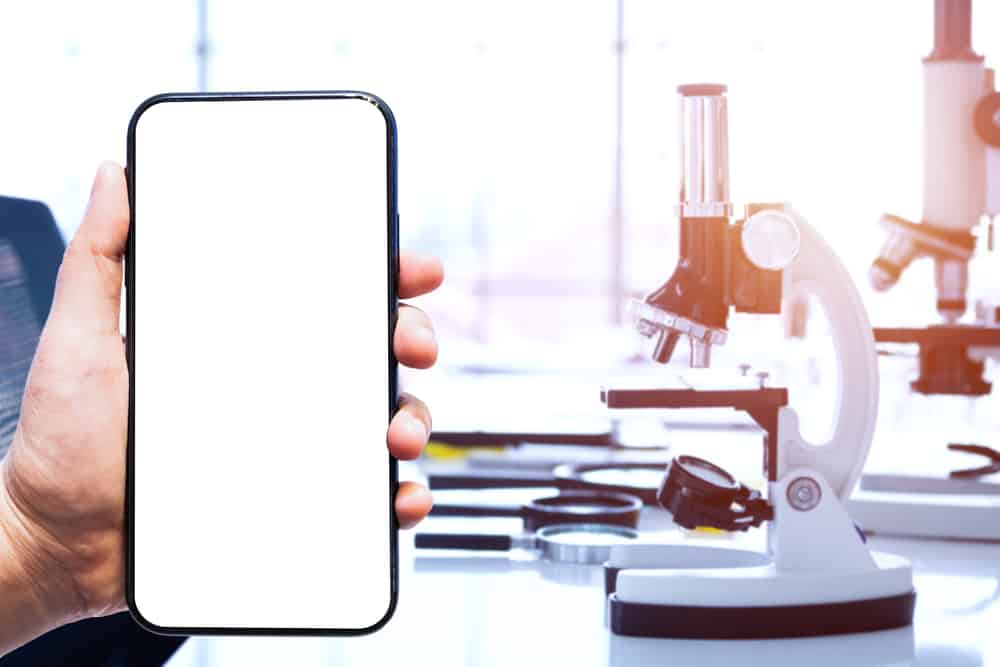
Contents
What Are Digital Camera Adapters for Microscopes?
Getting a picture from a microscope to a camera isn’t necessarily the most self-explanatory and cut-and-dry process. Within the field of microscopy, scientists and other researchers often want to have a portable image of the specimen they’re studying. The way to do this is by affixing a digital camera to any given microscope, and there are multiple types of adapters, or digital camera adapters for microscopes, you need to use to do so.
The adapters work like any cable adapter you’d use at home – they get attached in formats such as PAL, NTSC, or RS-170, replacing the eyepiece, connected via phototube, or in other ways like RGB, S-VHS, or composite. In turn, they need to be connected to a computer – usually via USB – as they cannot store data on their own. This article describes the different kinds of digital camera adapters for microscopes, explains their benefits, and provides a resource for choosing the right ones for your purposes.
Benefits of Using a Digital Camera Adapter
A digital camera adapter is a tool, nothing more, nothing less. What’s important is their utility, which is a connection to a powerful digital camera that opens up possibilities for sharing research.
Below are some benefits of using these adapters to connect to high-quality cameras.
High-Quality Imaging

Cameras can visually take what’s already a high-quality image from a good microscope and make it even better with a digital camera. Internationally-known companies like Nikon make brilliant cameras with proprietary fluorescence and contrast technologies to create stunning visual imagery.
It’s important to note that cameras can’t work magic. The microscope first must produce a clear, high-quality image. The camera is a tool to enhance that through innovative technology; this gets transferred to a computer, and voila! You have even higher-quality digital images than when you started.
Easy Sharing and Analysis of Images
One of the prime benefits of using digital camera adapters is how easily shareable the images are once uploaded to a computer. Indeed, this is why researchers of all types use these cameras, as the proliferation of globalized research becomes more mainstream. Social media channels, dynamic up-to-date websites, and a whole host of other channels are instantaneously available for these researchers to get feedback from their community and glean valuable new insights from this feedback.
In terms of analysis, the cameras’ superior technology allows for even more detailed study, which can enrich the sharing possibilities as mentioned above. Moving beyond just magnification alone, these cameras can zero in on parts of samples in ways the microscope itself is limited.
Versatility and Compatibility
Adapters are, by definition, versatile and compatible – that’s their purpose. As with other household adapters you might be familiar with, digital camera adapters for microscopes come in various formats. You can use them in many ways for different microscopes and different cameras.
For instance, let’s take a simple example: a smartphone. With the correct adapter, you can connect your smartphone’s digital camera to a microscope through USB-C or other modern connection methods! This is often the simplest and most cost-effective digital camera option there is. Alternatively, you can view a live-image stream with a Nikon camera, for instance, but this may require inserting a customized chip into your computer’s motherboard. Of course, there is everything between those two options, so you’re entering a market niche that provides you with the resources you need to ace your project.

What to Consider When Buying a Digital Camera Adapter
There are certain factors you need to remember before buying a digital camera adapter; luckily, we’ve laid these out here so you can make your ideal purchase.
Compatibility with Your Microscope and Camera
You must ensure that whatever camera you use can connect directly to the microscope. In the intro, we mentioned how USB is an option, plus the other formats and even your smartphone. Look at the package instructions, familiarize yourself with the brand, model, and type of microscope you’re using, and make sure the camera and microscope can link up neatly. Here at Optical Mechanics, we’re a central resource for education by some of the industry’s finest. You can always consult us when deciding on the adapter you plan to purchase.
Quality of Optic and Lens
While cameras can produce more magnified images with better resolution, as we said earlier, the resolution from the microscope has to be good enough to start with. The same is true for the lens, the original source for perceiving the image. Basically, this means purchasing a quality microscope before buying a camera to affix to it.
Magnification Frame Rates
You’ll need to know what magnification you require in a camera for your specific study purposes. High-quality HD cameras can produce higher resolutions, magnifications, and faster frame rates to a computer through HDMI cables, which are more expensive than their counterparts, like smartphones or USB cameras. If you need to study a specimen at a nano level or, conversely, at a macro level, you’ll need to choose a camera and accompanying adapter accordingly.

FAQs
1. Can I use any digital camera with a microscope adapter?
No, not any – that’s too vast a range. That being said, there are many options for digital cameras, ranging from a smartphone to HD.
2. Is there a difference between a microscope adapter and a camera lens adapter?
A camera lens adapter is a subset of a microscope adapter.
3. How do I choose the correct magnification for my digital camera adapter?
That all depends on your research parameters. Familiarize yourself with your sample and your needs, and choose an adapter and a camera accordingly.
4.Can a digital adapter be used with a smartphone camera?
Yes, absolutely! That is one of the most cost-effective and efficient options there is.

